Shop sim racing equipment
[adinserter name=”Fanatec”]
[adinserter name=”Elgato”]
[adinserter name=”Sim-Lab”]
[adinserter name=”GT Omega”]
The evolution of the Driver series is fascinating. It started as a gritty city driving game inspired by 1970s car chase movies. Building on this, the first sequel, Driver 2: Back on the Streets, let you explore 3D cities and steal cars on foot on the original PlayStation, predating Grand Theft Auto II by a year.
As it exploded in popularity in its transition to 3D, GTA began to influence Driver’s direction. Driv3r introduced on-foot shootouts, but it was a technical disaster, tarnishing the series’ reputation. Its sequel, Driver: Parallel Lines, was an improvement, but not a redemption. It lacked the original game’s spirit and failed to stand out against other derivative GTA clones.
After a five-year hiatus, the series returned with Driver: San Francisco in 2011, taking the series in a daring new direction. You still played as undercover cop Tanner, but the tone was sillier than in prior games.
After an accident in the opening mission leaves Tanner fighting for his life, you play the entire story campaign in a coma, earning a unique ability to teleport into vehicles and take over the driver’s consciousness. It shouldn’t have worked, but it did.
Driver: San Francisco was “trying to do something very new and experimental”
“Driver: San Francisco was my first proper gig. They took a risk on us,” Game Designer Andrew Willans, who launched the on-foot racer DeathSprint 66 last year, tells Traxion.
“It was a bit like trial by fire. You had the pedigree but also the legacy of the previous Driver games behind it. Driver: San Francisco was trying to do something very new and experimental.”
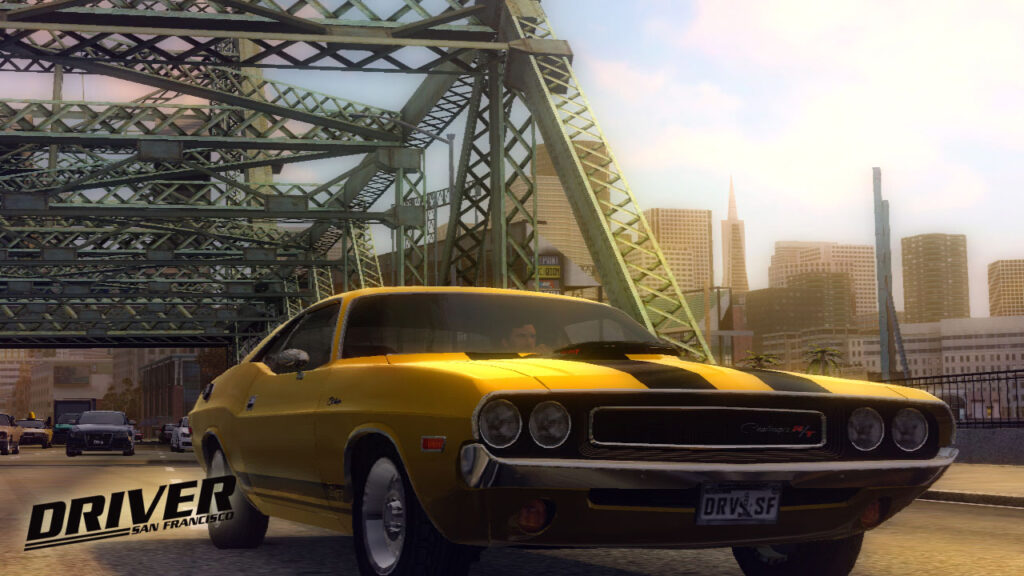
In contrast to DeathSprint 66, the on-foot segments were removed, refocusing the game on driving and movie-inspired car chases in San Francisco. But the team needed an alternative way to switch between vehicles. The solution was the unique Shift mechanic, which went through several different concepts.
“The original concept was the city is full of a thousand lives – choose one and live a life and swap and see it from all these different perspectives,” Willans explains.
Initially, the concept imagined how a cops and robbers chase could be played from different perspectives: “How does someone in a getaway mission drive differently to a pursuit cop?
“Throughout this was the notion that weaving through traffic was a flow state. That’s been a staple of my design methodology,” he explains, drawing from over 30 years of snowboarding.
“When you snowboard, you go into this zen-like moment of bliss where you pick the right lines, you miss the right trees and rocks. Suddenly, you’re down the face of a mountain, and you look back and you’ve almost lost yourself in this moment. The same is true with good video games.
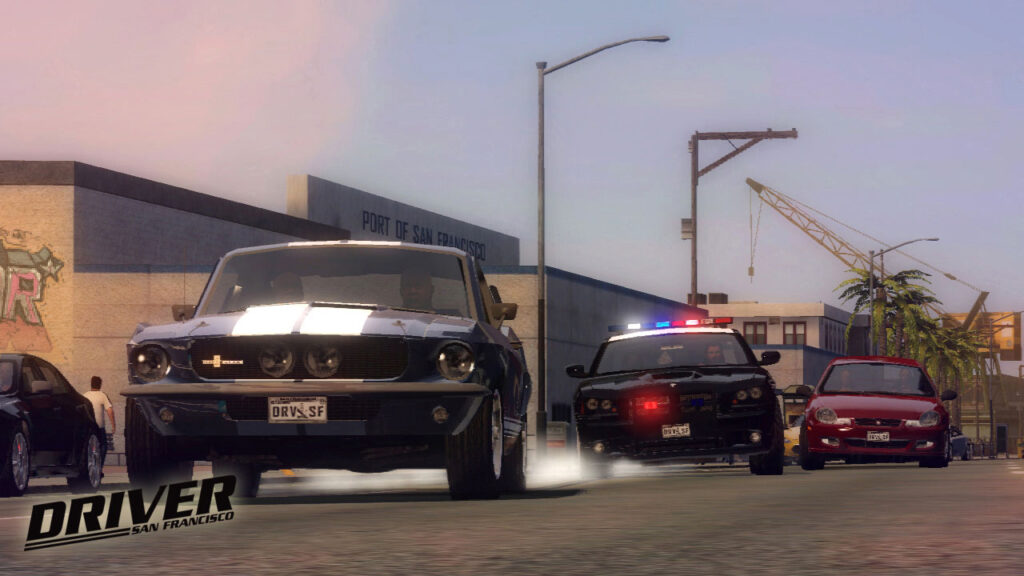
“If you can harness that flow state and that feeling, there’s nothing quite like it. Driver was really trying to recreate that: how can you put someone in a muscle car and weave through traffic and create a similar sensation?”
The team found a flow state in pulling tight manoeuvres while weaving through traffic. This stayed true to Driver’s DNA, making you feel like you were in a classic car chase film such as Bullitt or The French Connection.
“We scoured those kinds of movies ridiculously to find every single reference of what a cool car chase would look like, and we tried to recreate that,” says Willans. “Ubisoft were interested in games that had a unique take.”
Shift was originally going to be called “zap”
According to Willans, the Shift mechanic was introduced early in development. It was originally called “zap,” which he admits was a “terrible name.”
“It brought to mind what you were trying to do, which was instantly zap into someone’s car. We did so many prototypes of that mechanic,” he says.
“The first iteration was on a face button. You would be weaving through cars, and you would randomly see X, Y, A and B buttons appear over the traffic. And you would just tap the face button and immediately jump into that car. But it didn’t feel right.
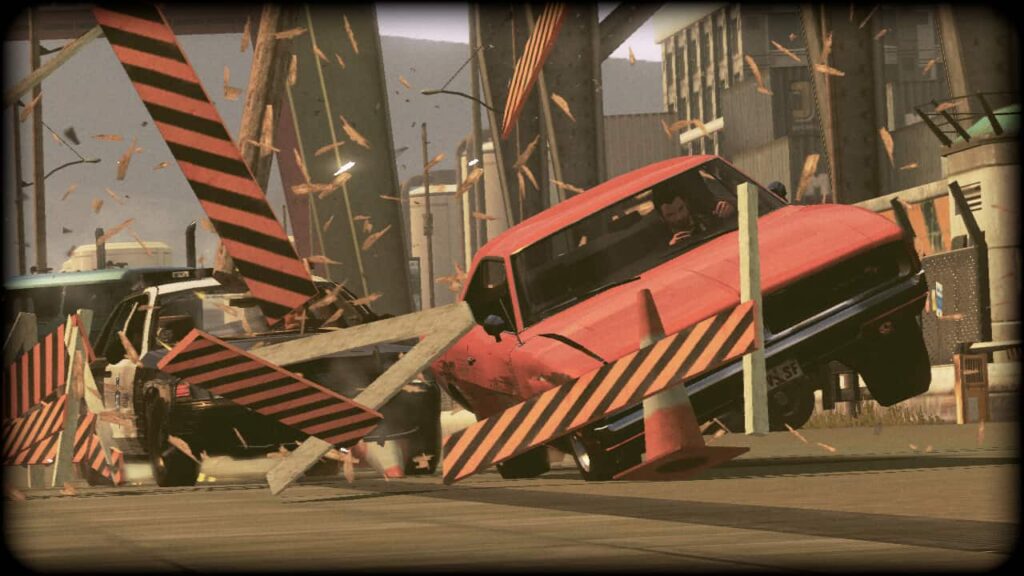
“We then did a prototype where your consciousness got fired out of your brain like a missile, and you controlled it and then hit the driver of another vehicle. It was like you’re controlling a guided missile and teleporting into the consciousness of another driver, and suddenly taking over the wheel.
“Ultimately, we settled on the Shift mechanic because that gave us that Google Maps style. You needed to pause things a bit so that traffic needed to slow down to 50% so you could grab a breath and go ‘tactically, what do I want to use here?’”
Shift opened tactical opportunities never seen in a driving game before: “If you were trying to get a getaway car clear of the police, you could grab a forklift truck in the distance, shift into the driver and position yourself so that when you got behind the wheel again, you could collide head on with the cop car and buy more time for the getaway car.
“All of that came from flow state mechanics and ‘how do we do something different that people hadn’t seen in a racing game.’ But at the same time, we tried to deliver what Reflections was known for, which was the muscle car handling.
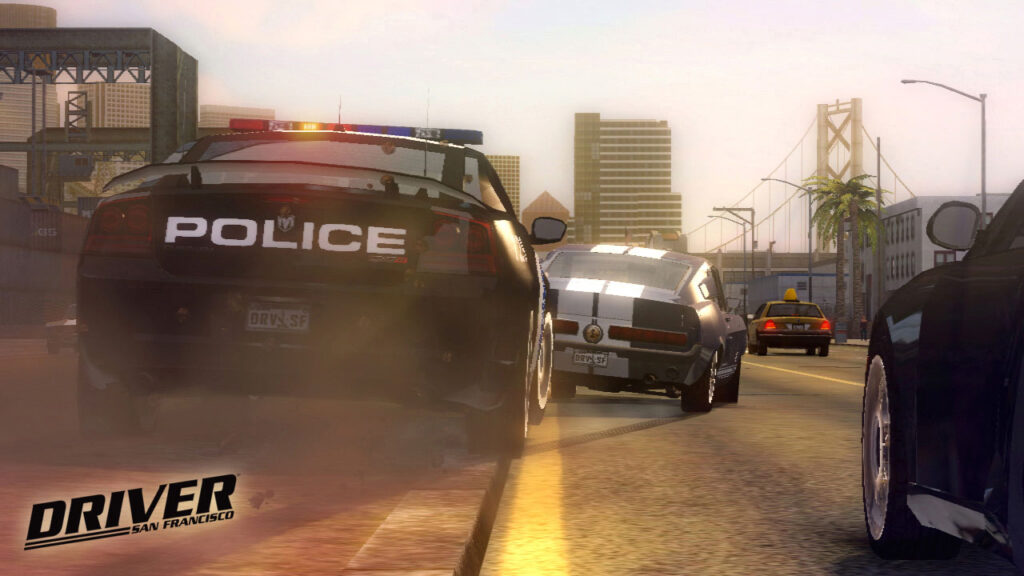
“It was a huge privilege to work closely with Martin Edmondson, who was the father of the Driver franchise. He and Gareth [Martin Edmondson’s brother] built that. But to have him in every design meeting talking about how ‘there’s not enough grip’ or ‘you need a bit more tank slapping in that corner.’ This guy knows what he’s talking about.
“So we had the pedigree of that, the legacy and then we had people pushing for innovation at the same time. I think what we ended up with was something pretty unique. I’ve not seen a game like it since.
“We took a lot of risks with it. There was a lot of craziness towards the end of the game where we did the whole third-person through the eyes of Tanner, controlling the car in front. There were some interesting moments. But it was a great project. Trial by fire because there was a lot of juggling and things to satisfy.”
Driver: San Francisco’s cancelled sequel
Despite its innovation and strong critic reviews, Driver: San Francisco never got the recognition it deserved. “When we launched, we got some really good critical reviews. We just didn’t get the sales. I think there were high hopes for what numbers we would shift,” Willans recalls.
As for why it didn’t sell, Willans isn’t certain, but recalls possible discussions about its US marketing not landing. “Or it might have been the fact it was too batshit crazy,” he jokes.
Driver: San Francisco’s concept was risky, but its Shift mechanic made it stand out. We still have fond memories of its riotous multiplayer matches – particularly the tag game. “We used to joke about it. People referred to it as ‘Life on cars’ [a reference to the Life on Mars time-travelling TV show] because that idea of body transferring was so out there. Maybe it was too much innovation in one product.
“It was a huge project. It’s a game that everyone worked on is extremely proud of. I think a lot of people are wondering why we didn’t get a chance to do another.”
Driver: San Francisco is backwards compatible on Xbox One and Series X|S if you have a physical Xbox 360 disc. However, it’s since been delisted from all digital stores, with seemingly no plans for a re-release or remaster, and the multiplayer servers were shut down in October 2022.
Work on a sequel began soon after Driver: San Francisco’s release, according to Willans, but it was ultimately cancelled in favour of the open-world city hacking game Watch Dogs, with Ubisoft Reflections developing most of the driving segments.
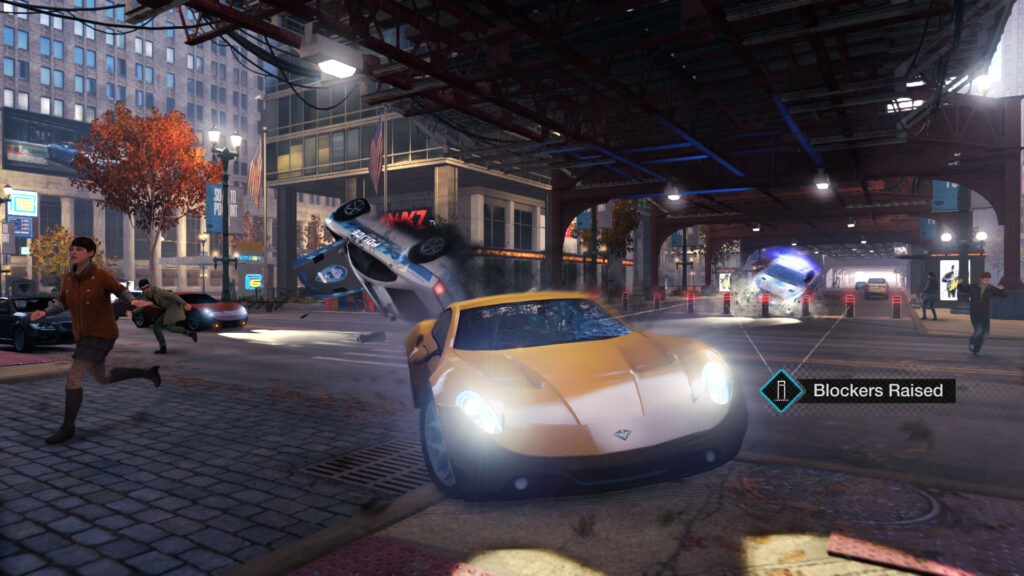
“From a design side, we were straight into designing the next one,” Willans says. “But then you get the phone call from the top saying: ‘You know what you’re doing? Can you just stop that? There’s a new thing coming along, and we would like to get you involved in Watch Dogs.
“But it evolved into something else, and the Driver [San Francisco follow-up] project just got parked. There’s a part of me that would love to see Reflections make another Driver game.”
Even though the series has been dormant since 2011 (no, we’re not counting the dismal Driver: Speedboat Paradise mobile spinoff), Driver still has a rabid fanbase clamouring for a sequel.
Will we ever see a new Driver game that builds on the legacy of San Francisco? It’s unclear, but with Ubisoft teasing that it’s “actively working” on “exciting” Driver franchise projects last year, there’s hope.
Do you have fond memories of Driver: San Francisco? Let us know in the comments below.
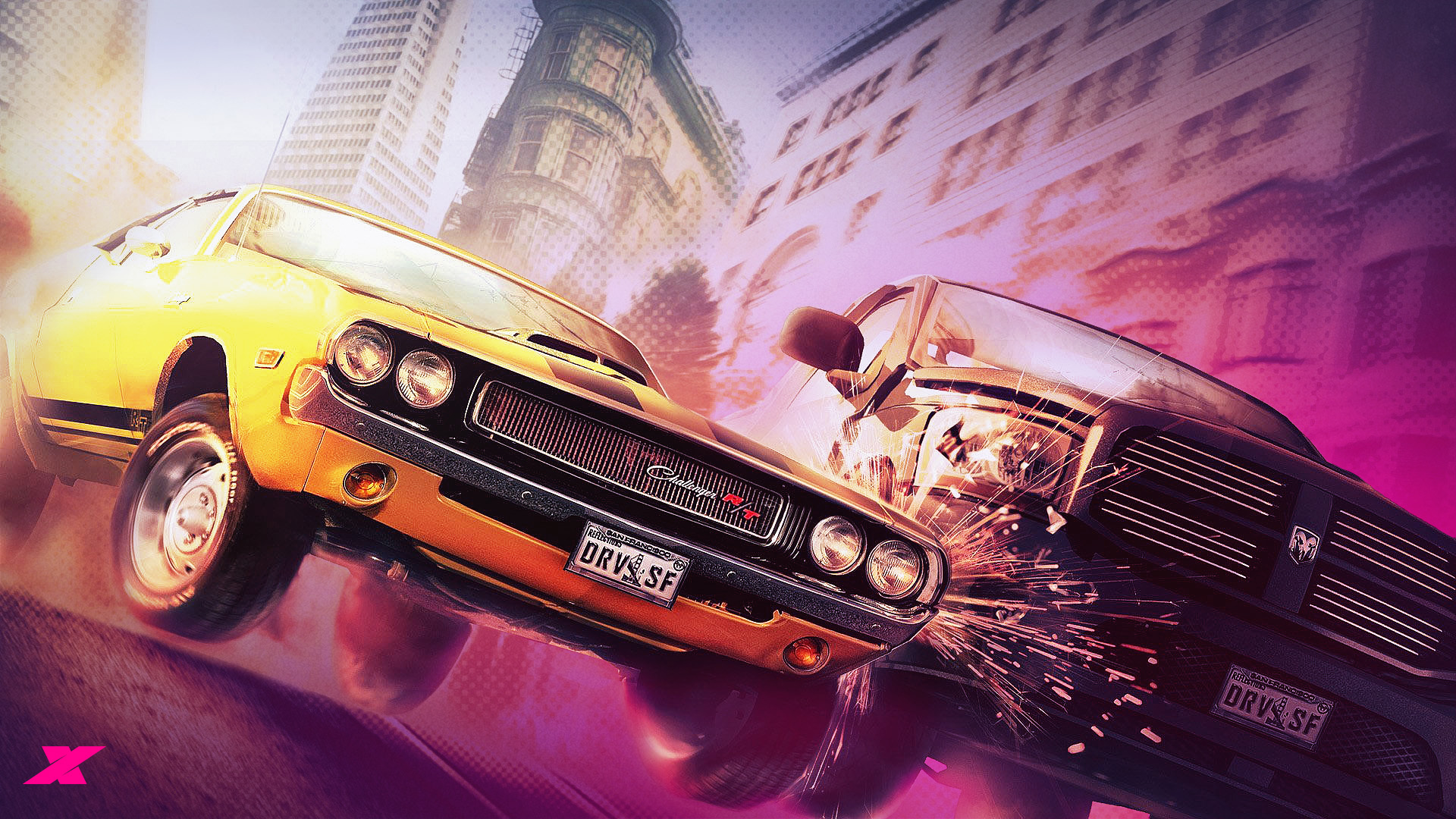




Chat with the Community
Sign Up To CommentIt's completely Free